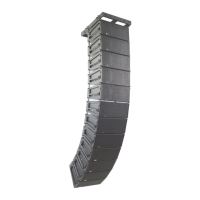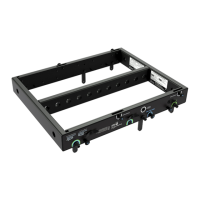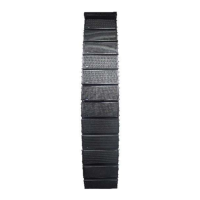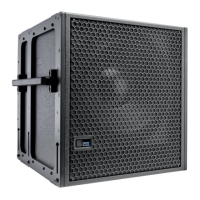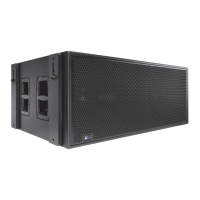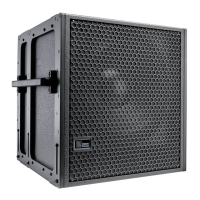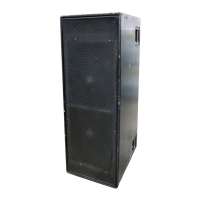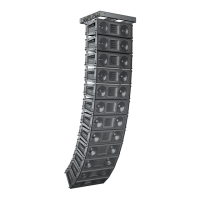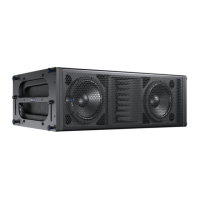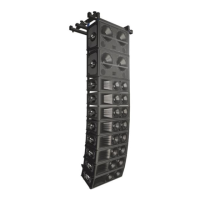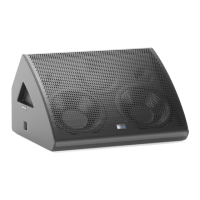CHAPTER 2: POWER REQUIREMENTS
15
WIRING AC POWER CABLES
LEOPARD ships with a gray powerCON 20 cable mount
connector (Figure10), rated at 20 A, for assembling AC
looping cables. The pins on the powerCON 20 cable mount
connector are labeled as follows:
•L (Line)
•N (Neutral)
•PE (Protective Earth or Ground)
How AC power cables are wired is determined by the type of
AC power distribution system used (“AC Power Distribution”
on page 13). When wiring AC power cables for single-line
systems, use one of the wiring schemes described in Table 2
and illustrated in Figure11:
CAUTION: When wiring AC power cables and
distribution systems, it is important to preserve
AC line polarity and connect the earth ground on both
ends of the cable. LEOPARD requires a grounded
connection. Always use a grounded outlet and plug.
It is extremely important that the system be properly
grounded to operate safely and properly. Do not
ground-lift the AC cable.
LEOPARD VOLTAGE REQUIREMENTS
LEOPARD operates as intended when receiving AC voltage
within the following range:
•90–264VAC, 50–60 Hz
If the voltage drops below 90 V, the loudspeaker uses stored
power to continue operating temporarily; the loudspeaker
powers off if the voltage does not return to its operating range.
If the voltage rises above 275 V, the power supply could
become damaged.
CAUTION: The power source for LEOPARD
should always operate within the required
operating range, at least a few volts from the upper
and lower limits. This ensures that AC voltage
variations from the service entry—or peak voltage
drops due to cable runs—will not cause the
loudspeaker’s amplifier to cycle on and off or cause
damage to the power supply.
LEOPARD CURRENT REQUIREMENTS
Current draw for loudspeakers is dynamic and fluctuates as
operating levels change. Because different cables and circuit
breakers heat up at varying rates, it is important to understand
the following types of current ratings and how they affect
circuit breaker and cable specifications.
•Idle Current — The maximum rms current during idle
periods.
•Maximum Long-Term Continuous Current — The
maximum rms current during a period of at least
10 seconds. The maximum long-term continuous current
is used to calculate temperature increases for cables to
ensure that the size and gauge of the cables conform to
electrical code standards. The current rating is also used
to select appropriately rated, slow-reacting thermal
breakers, which are recommended for loudspeaker
power distribution. In addition, the maximum long-term
continuous current can be used to calculate the AC
looping capability for LEOPARD loudspeakers.
•Burst Current — The maximum rms current during a
period of around 1 second. The burst current is used as
a rating for magnetic breakers. It is also used for calcu-
lating the peak voltage drop in long AC cable runs
according to the following formula:
V pk (drop) = I pk x R (cable total)
•Maximum Instantaneous Peak Current — A rating for
fast-reacting magnetic breakers.
Figure 10: powerCON 20 Cable Mount Connector
Table 2: AC Wiring Scheme
Wire ColorAttach to the
Following
Terminal
U.S. / Canada
60 Hz
European
50 Hz
BlackBrownHot or live (L)
WhiteBlueNeutral (N)
GreenGreen and YellowProtective earth /
ground (E or PE)
Figure 11: AC Wiring Scheme, illustrated
U.S./Canada, 60 Hz
Black (L)
Europe, 50 Hz
Green (E)
White (N)
Brown (L)
Blue (N)
Green/
yellow (E)
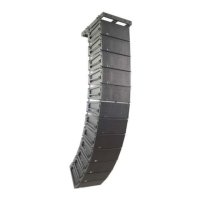
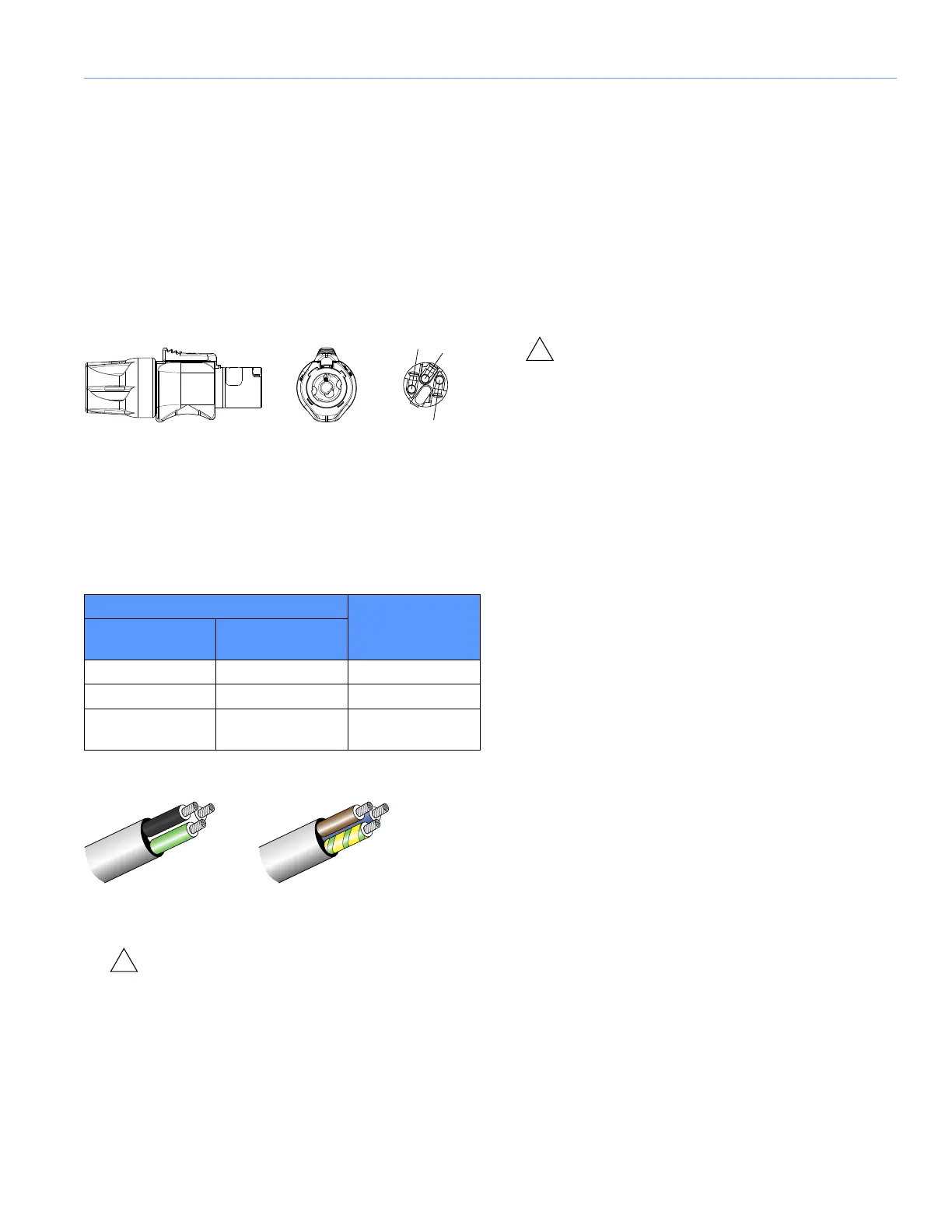